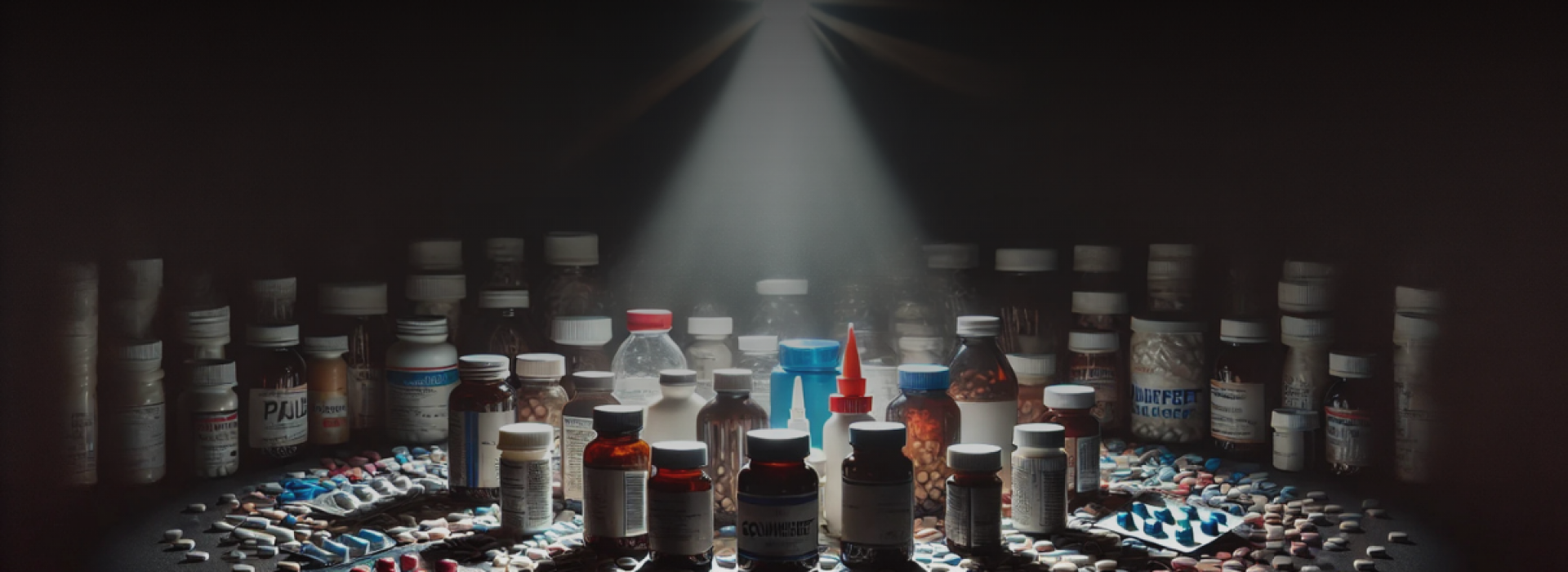Counterfeit pharmaceuticals pose a significant threat to both patient safety and the reputation of legitimate pharmaceutical companies. With counterfeit drugs infiltrating global supply chains, the risks for businesses extend beyond lost revenue—lives are at stake. Protecting your brand from counterfeit drugs is critical, as substandard or fake medications can lead to treatment failures, harmful side effects, and even fatalities. Here are five key warning signs that your pharmaceutical products may be targeted by counterfeiters and steps you can take to protect your brand and customers.
- Unusually Low-Priced Versions of Your Drug
One of the most obvious warning signs of counterfeit pharmaceuticals is seeing your product sold at prices far below the market rate. Counterfeiters typically attract buyers with significant discounts, especially in online pharmacies or unregulated markets. When you notice abnormally low prices for your product, it’s a red flag that counterfeit versions may be circulating, leading to both financial loss and harm to patients.
How to Protect Your Brand: Conduct regular monitoring of online pharmacies and unauthorized sellers. Set up automatic price alerts that flag when your drugs are being offered at suspiciously low prices, and work with regulatory bodies to shut down illegal distributors.
- Reports of Ineffective Medication
If you start receiving reports from healthcare providers, pharmacists, or patients about the ineffectiveness of your drug or unexpected adverse effects, this could be an indicator that counterfeit versions of your pharmaceutical are on the market. Counterfeit drugs often contain incorrect dosages, harmful additives, or no active ingredients at all, leading to treatment failures and health complications.
How to Protect Your Brand: Create a robust adverse event monitoring system that tracks patient complaints and reports from healthcare professionals. Encourage patients and providers to report issues directly to your company and investigate any recurring patterns.
- Inconsistent or Poor-Quality Packaging
Pharmaceutical packaging is often the first line of defense in identifying counterfeit products. Counterfeiters frequently use low-quality packaging to cut costs, and their imitations often feature tell-tale signs such as spelling mistakes, faded labels, mismatched fonts, or improper seals. If your company starts receiving reports of poorly packaged products, it’s a strong indication that counterfeit versions may be in circulation.
How to Protect Your Brand: Conduct periodic in-field tests by purchasing your own products from various markets and testing the packaging for authenticity. For quicker results, leverage advanced technologies like TrueMed’s instant AI scanning, which can quickly verify packaging integrity and detect counterfeits on the spot. This proactive approach ensures that your products consistently meet quality standards and helps you identify counterfeit versions before they reach consumers.
- Absence of Authentication Features
Many pharmaceutical companies have implemented authentication features such as QR codes, RFID tags, or unique serialization to help patients and healthcare providers verify the authenticity of their medications. Counterfeit versions of your product may lack these critical features, or display fake codes that don’t match your database.
How to Protect Your Brand: Increase the frequency of manual checks and spot audits at different points in your distribution chain. Regularly test samples of your products in the field, focusing on packaging consistency, labeling accuracy, and overall quality. Implement a simple checklist for distributors and pharmacists to follow, ensuring that key features like lot numbers, expiration dates, and packaging integrity are routinely verified. This hands-on, frequent testing approach allows you to catch potential counterfeit issues early and assess the ongoing effectiveness of your anti-counterfeiting measures without relying on complex technologies.
- Suspicious Distribution Channels
Counterfeit pharmaceuticals often enter the market through unregulated or unauthorized distribution channels, including online pharmacies, social media marketplaces, or third-party distributors. If you see your product being sold by unfamiliar or unauthorized sellers, it’s likely that counterfeit drugs are part of the supply chain. This poses a significant risk not only to your business but also to patients relying on the authenticity of their treatment.
How to Protect Your Brand: Work closely with authorized distributors and set up agreements that restrict the sale of your pharmaceuticals to licensed channels. Use supply chain monitoring technologies to track the movement of your products from manufacturing to the end-user. Partner with regulatory bodies to target and remove counterfeit drugs from unauthorized markets.
Proactive Measures to Safeguard Your Pharmaceutical Products
Protecting your pharmaceutical brand from counterfeiting is a complex challenge, but there are several proactive steps you can take to reduce the risks:
- Implement Track-and-Trace Systems: Utilize serialization and digital tracking tools to monitor the movement of your products throughout the supply chain. This makes it easier to detect and remove counterfeit drugs before they reach patients.
- Collaborate with Regulatory Agencies: Work alongside the FDA, WHO, and other regulatory bodies to identify and remove counterfeit versions of your drugs from the market. To make the work effective and fast, enable digital tools to help with the authentication. Regulatory collaboration can help speed up the investigation and prosecution of counterfeiters.
- Monitor Online Pharmacies: Regularly scan online pharmacies and e-commerce platforms for unauthorized listings of your pharmaceuticals. Reporting these listings to the relevant authorities can prevent counterfeit drugs from reaching consumers.
- Educate Healthcare Providers: Enable pharmacists, doctors, and other healthcare professionals to recognize counterfeit drugs and report any suspicions to your company. This can be done with the latest digital authentication tools while the user does not need to know your secret composition. The quicker counterfeit drugs are identified, the sooner they can be removed from circulation.
- Customer Awareness Campaigns: Educate your customers about the risks of counterfeit drugs and how they can verify the authenticity of your products. This can be done through direct communication, patient education materials, or new digital platforms.
New digital tools for product protection are rapidly changing the way product protection is understood today. They require no additions to the packaging or changes in the factory, offering scalability to any user group across the globe. These tools are quickly emerging in the market and represent a shift in how awareness is raised and users are alerted and protected.
Pharmaceutical counterfeiting isn’t just a financial threat—it’s a matter of patient safety. By taking these steps and staying vigilant, your company can help reduce the risks of counterfeit drugs entering the supply chain, protect your brand, and, most importantly, safeguard the health of those who rely on your medications.


